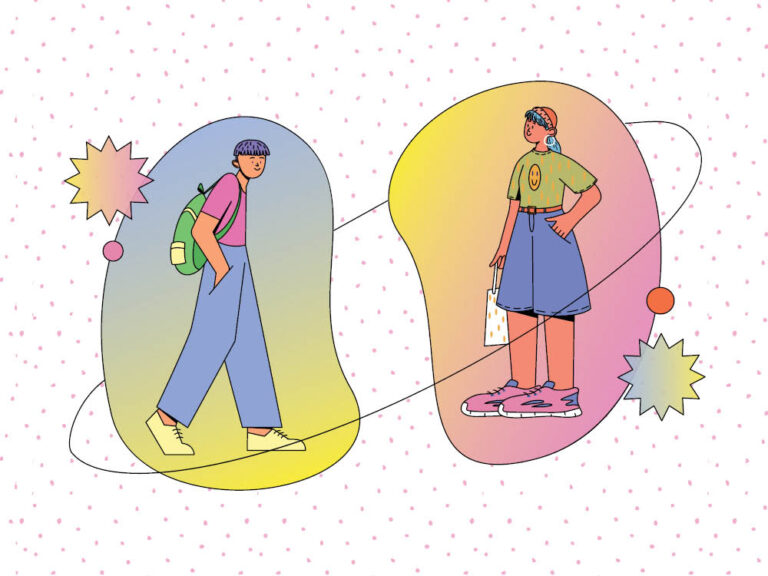
Wandering thoughts, unable to sit still, not enough time? There are many reasons why people give up – or feel that they can’t begin – practising meditation. Here we tackle some of the most common barriers so you might feel encouraged to give it another chance.
I can’t make my mind go blank or empty, however much I try
You’ll be glad to know you can stop trying right now because meditation isn’t about emptying your mind or making it go blank (it’s pretty impossible to do this). When you meditate you can focus on one thing, such as the breath or repeating a mantra, or you can mindfully shift attention from one sense to another. You’re not thinking of everything at the same time, you’re being intentional and focusing on one thing at a time. The simplest focus for meditation is the breath because it’s always with you.
Meditation makes me sleepy (when I don’t want to sleep)
One reason could be that you need more sleep, but there are other factors why you feel like nodding off when meditating. The time of day can have an impact on how you feel. Many people feel more awake in the morning and find it easier to meditate then rather than in the afternoon when you may have an energy slump. A relaxed sitting posture can contribute to an urge to nod off, too, so have a look at how you sit when you meditate. Ideally you want to be in a firm chair, with both feet flat on the ground and your back a little away from the seatback, so it’s self-supporting but not stiff. Work with the furniture you have and what feels comfortable for you, and aim for an alert, wakeful posture. You can also try mindful movement, rather than sitting meditation.
Sitting still in silence makes me anxious. Is there a way to meditate while moving?
When being busy is your norm and there’s lots going on around you, it can feel alien, uncomfortable even, to be stationary or in silence for meditation. First of all, rather than closing your eyes, you can simply lower your gaze to a spot on the ground in front of you. Listening to a guided meditation, where a voice is talking you through the meditation step by step, can help with the issue of silence and make it feel like you’re with a friend. If being still is an issue, you could try mindful movement as a meditation instead. Chi kung (qi gong) is an ancient Chinese healing exercise that integrates movement, breathing and intention. It’s a simple sequence of movements that allow you to focus on your breath while moving your body. A quick search online will produce lots of videos to follow if this appeals.
If I could meditate without having to schedule extra time in my day I’d be more likely to try it
While formal meditation practice in a peaceful place where you’re unlikely to be disturbed for a period of time is more beneficial, you could practise a more informal mindful form of meditation on the go. For example, when you’re on a train or bus, you could bring your attention to your breath, where you feel it most clearly as you inhale and exhale. Or you could take a few moments at work to focus on an object on the desk, noticing its colour, shape and texture. As you walk down the street or through a park you could focus on the sounds you hear or the sensation of each foot as it makes contact with the ground. What’s important is that you take your experience for what it is, without judging or making up a story. You’re in that moment, focusing on the form of an object, the feel of your breath or your feet on the ground just as it is, there and then.
Suggested meditation apps
Headspace, Buddhify, Calm, Insight Time
This article was originally published in Issue 8, Breathe Magazine – Embrace Change.



















